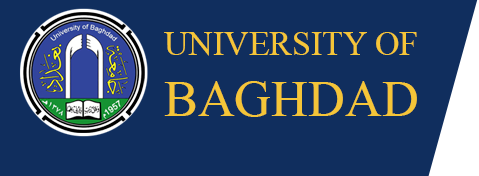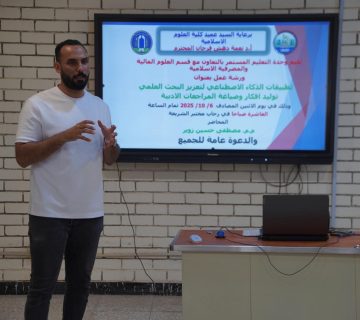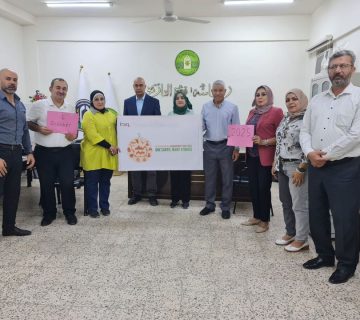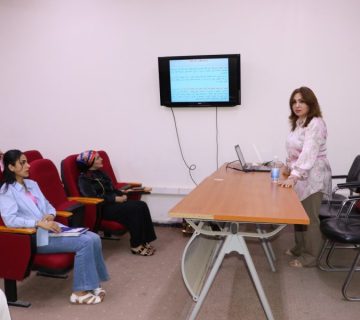The Center and Museum of Natural History at the University of Baghdad recently organized a workshop entitled Medicinal Plants: Uses and Applications, led by Assist.Lecturer.Zainab Ghazi Sadiq from the Department of Plant and Environmental Sciences.
The workshop aimed to emphasize the significance of medicinal plants, detailing methods for their extraction and application in disease treatment, and exploring advancements in therapeutic and medical practices.
The session addressed the historical context of medicinal plants, noting that the practice of using plants for healing dates back to around 3000 BC in Sumerian civilization. Historical records, including clay tablets, reference plants such as myrrh and opium, knowledge of which was later adopted by the Babylonians and Assyrians.
Traditionally, the identification and discovery of medicinal plants were based on chance and empirical experimentation. For instance, if an individual consumed a particular plant and observed a specific effect, this observation would contribute to the understanding of the plant’s medicinal properties.










